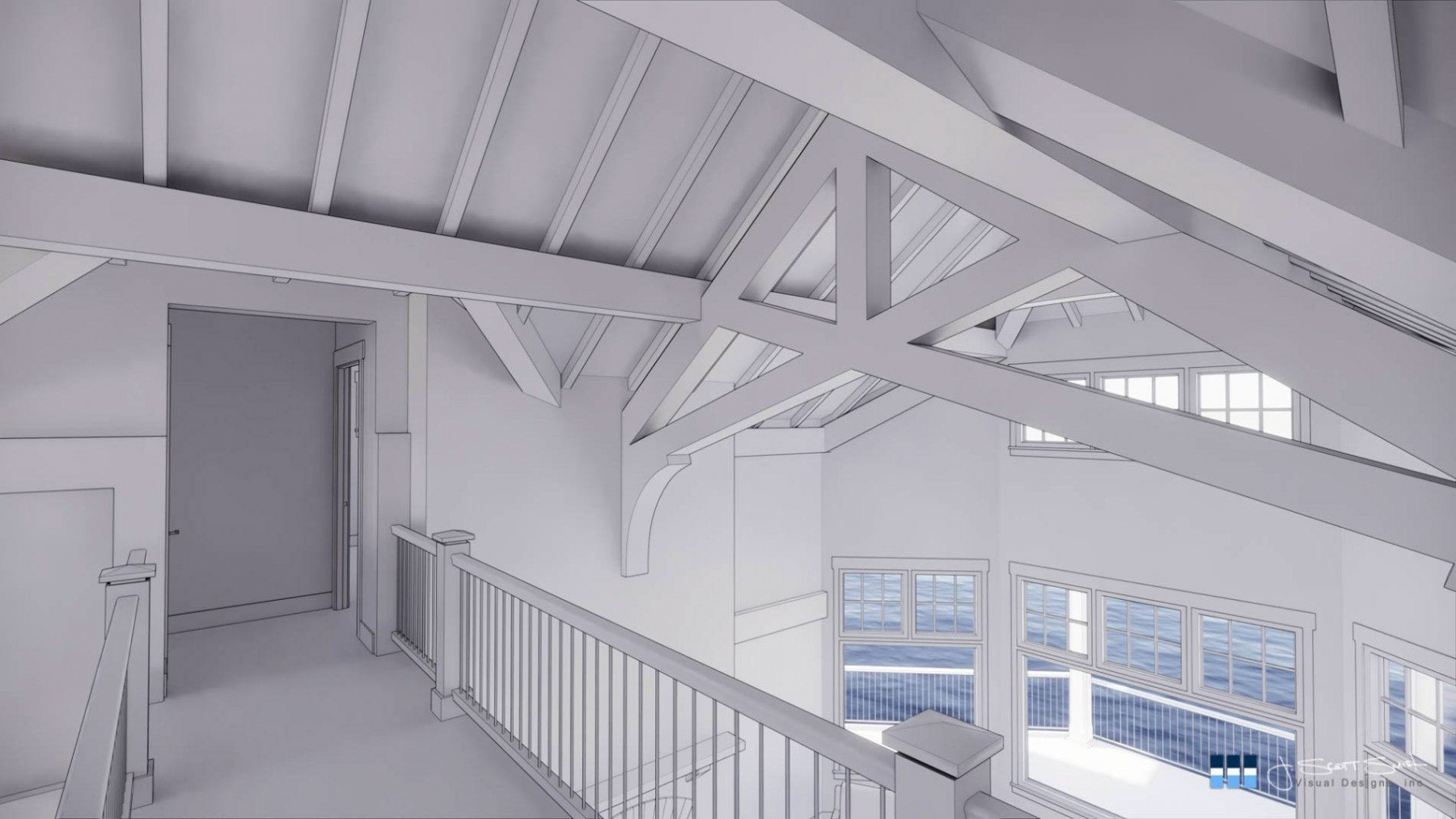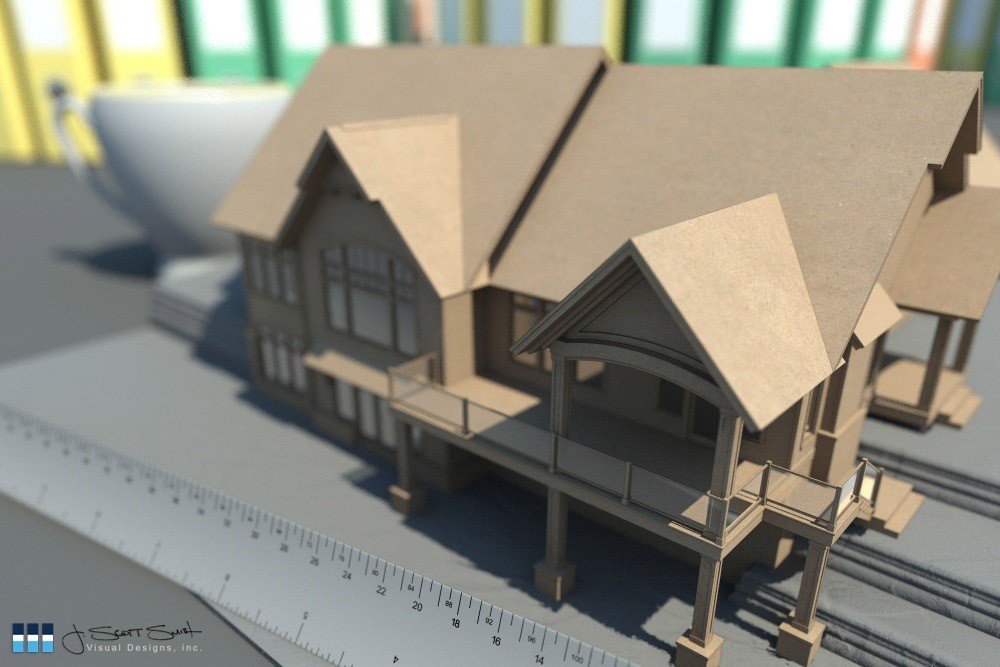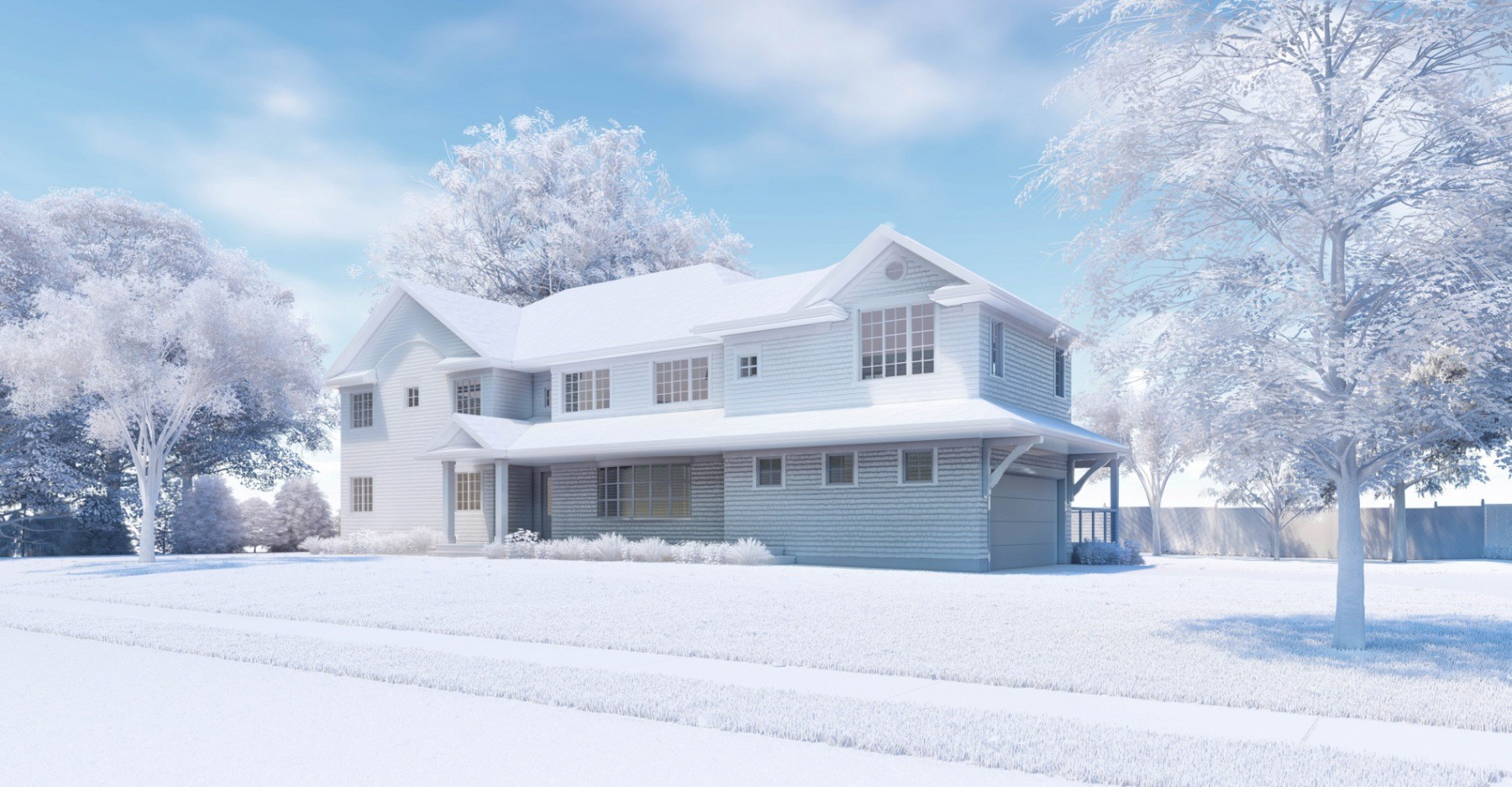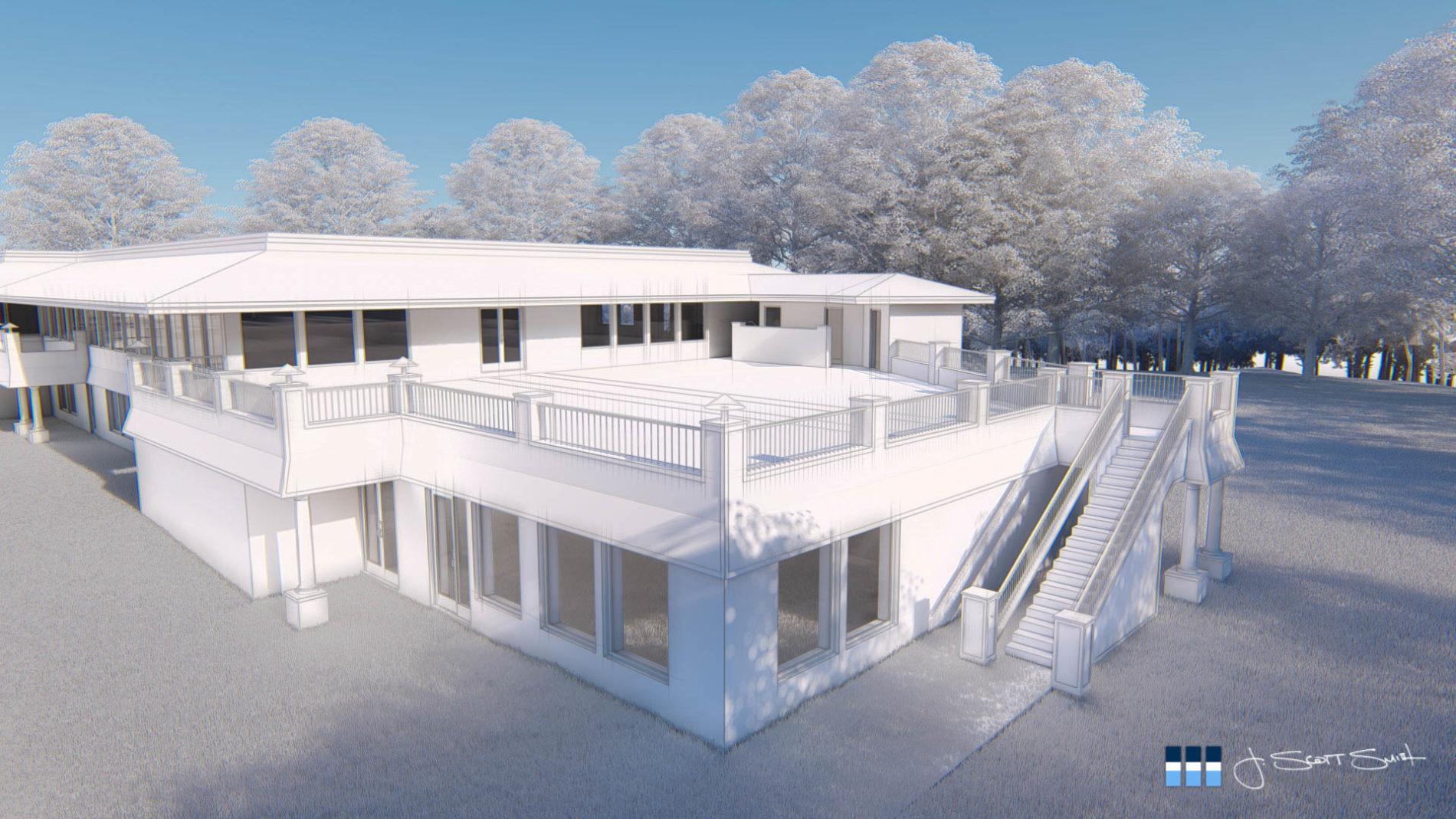Conceptualizing Architecture: Evaluating Form Through Clay Renderings
The Purpose of Conceptual Clay Renderings
In the journey of architectural design, the initial stages are crucial. Conceptual clay renderings by J. Scott Smith Visual Designs serve as a foundational tool in this creative process, bridging the gap between abstract ideas and tangible forms. Our approach to conceptual renderings isn’t merely about creating preliminary models; it’s about setting the stage for innovation and refinement.
Ensuring Client Satisfaction from the Start
Everyone wants a happy client. And whether you’re designing their dream home or the new college campus, that means everyone needs to be on the same page right out of the gate.
“Oh… That’s Not How I Thought It Would Look.”
The words you never want to hear. No one wants trouble when the 2D plan set turns into wood and steel in the real world. Unfortunately, this is often when miscommunication becomes evident. Suddenly the roofline isn’t quite what they had pictured, or they aren’t sure if those are the perfect windows….the list goes on. And it’s not just disappointment. Now we’re at a point where changes involve significant time and expense, and no one wants that. A clay 3D model eliminates a whole lot of those problems.
Delving into Conceptual Clay Renderings
At the heart of every great architectural achievement lies a well-thought-out concept. This is where clay architectural renderings come into play. They provide a visual form to the architect’s early visions, enabling a clear understanding and exploration of spatial dynamics, proportions, and relationships within the design. Unlike detailed final renderings, these conceptual models focus on the broader strokes of design. They are less about the minute details and more about the overall form and flow of the architectural concept.
Translating Plans into 3D Models
Plans are great, but we are visual creatures. It’s tough to beat a picture. You send us the plans (or even sketches you have in mind) and we’ll show you a clean and crisp 3D clay model of the building. You get a sneak-peek without the distraction of finishes. The design is all you see, and it’s suddenly crystal clear if your client is happy with it.
Translating Plans into 3D Models
Plans are great, but we are visual creatures. It’s tough to beat a picture. You send us the plans (or even sketches you have in mind) and we’ll show you a clean and crisp 3D clay model of the building. You get a sneak-peek without the distraction of finishes. The design is all you see, and it’s suddenly crystal clear if your client is happy with it.
The Role of Cardboard Models in Conceptualization
Sometimes we call them conceptual renderings, or even cardboard renders. This language comes from the same place as the phrase clay rendering. Both of them are digital representations of what architects used to create physically to communicate form and function to their clients early in the design phase.
The bottom line is that these are the best way to focus on the design without getting distracted by colors or other details. Once we show the exterior brick or the colorful backsplash it becomes impossible to ignore if the shade isn’t your favorite. At this stage, we’re not ready for that yet. Right now we want to make sure you love the look, the flow is perfect, and no details have been missed. Through our clay model for architecture we’ll get to those details soon enough!
Versatility Across Design Phases
Clay architectural renderings are a cost-effective way to communicate the basic structure while you’re still in the design phase. They are faster for our team to create than photoreal renderings, and changes manipulated digitally at this stage end up saving you money and frustration in the long run. Some of our clients actually don’t go any farther than to get architectural clay render because it answers all the questions that need to be resolved.
Adding Polish to Preliminary Phases
But for those who want to add materials to the building, we’ve already done the base work! It is not uncommon to take a breath after we submit clay renders. Architects and their clients can sit on the design a bit to absorb it, and perhaps come back with some adjustments. Or – it’s also quite common that they come back immediately and say, “it’s perfect!”
Clay Renderings: A Standard Part of Our Process
By the way – when you hire us, whether you’re looking for a clay rendering or not, you’ll likely get one from us. Even if your design is set in stone, conceptual renderings are a great way to show you our progress. This is your opportunity to make sure we are showing everything correctly before we add colors, textures, props, landscape, etc. Better safe than sorry!
Invitation to Experience Our Clay Rendering Services
Ready to Bring Your Architectural Concepts to Life?
Connect with us for a free, no-obligation consultation! Reach out at 231-941-4202 or [email protected], or use our convenient online form to schedule a chat. When you contact J. Scott Smith Visual Designs, you’re taking the first step towards transforming your architectural visions into stunning realities. Expect a collaborative process, where we explore your project’s potential and guide you through the early stages of design with expertise and creativity. Don’t miss this chance to make your design process smoother and more efficient. Contact us today – let’s start shaping your architectural future!





